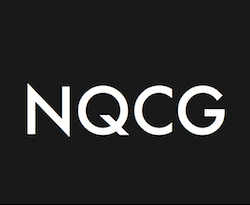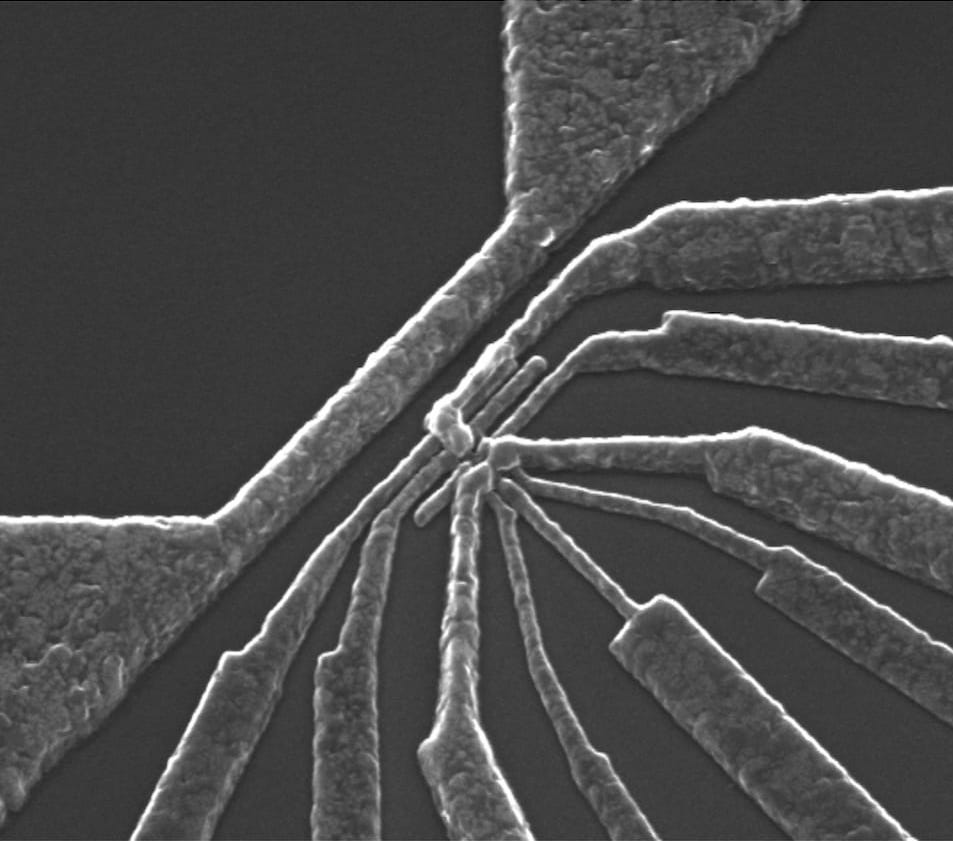Analytics Software
NQCG analytics software are used to determine relationships between documents.
The engine uses methods from artificial intelligence to analyse text and build a dependency graph between documents. In the graph, an edge between two nodes represents dependency and is annotated by the relative contribution of the source node towards the perceived scientific value of the target node. For a given node, the sum of the values of all incoming edges is a value smaller or equal to 100. The difference between this sum and 100 is what we call the relative scientific contribution of the paper at a particular timestamp. Provided the timestamps are unique, the resulting graph is acyclic.
The idea is to quantify the relative intellectual contribution of research results. If the scientific results of a paper p are to be used in a commercial product, the financial reward arising from the commercialization of the product can be shared amongst the contributing papers by using the relative scientific contribution of p itself and distributing the rest between p’s ancestors recursively.
Appropriate requirements are placed on the texts in order to ensure the correct operation of the system. These include availability information; the existence of a legitimate timestamp; the use of correct references and vocabulary; etc.
Back to top
 Image Courtesy A. Dzurak, University of New South Wales
Image Courtesy A. Dzurak, University of New South Wales